A metro for Gaza
Unveiling the underground
Warning: Use of undefined constant ids - assumed 'ids' (this will throw an Error in a future version of PHP) in /home/clients/cbf26065d2af2a606c600e47be560e46/web/wp-content/themes/mn2/theme/inc/theme_functions_cleaning.php on line 61
Underground tunnels are famous for being Gaza’s lifeline under the cruel Israeli siege that imprisons 1.6 million Palestinians. But one artist believes they are also Gaza’s future. Mohamed Abusal envisions them as an underground metro.
For years, Gaza’s underground tunnels which link the enclave under blockade to Egypt have helped keep the inhabitants go on with their lives, albeit under cruel conditions. That way, the tunnels have become a symbol of the Palestinian people’s enterprising resilience.
For Mohammed Abusal, they are more than a symbol. In them lies a long-term vision: an underground metro that would solve Gaza’s traffic congestion problems and pollution. The idea sounds bizarre at a time when construction material is completely banned from entering the strip by Israel, not to mention the weekly air raids on tunnels and the rest of the civilian infrastructure. But, the 35-year-old artist is extremely serious about it, so much so that he designed his own underground grid for Gaza, a project through which he was put on the streets confronting people with the unorthodox idea. It can now be seen at the French Cultural Center in Gaza City and will tour across Palestine in the coming months.
The tunnels are more than a symbol. In them lies a long-term vision: an underground metro that would solve Gaza’s traffic congestion problems and pollution.
“I feel angry that we are so overcrowded and densely populated in Gaza. There is no system for public transport,” Abusal explains. “When the siege was imposed on us and the tunnels started working, we started getting lots of new vehicles from Egypt. A lot of them were completely new for Gaza, like tuktuks and motorcycles. A lot of old polluting cars kept being repaired just to keep them on the roads and we started using very cheap gasoline from Egypt that is extremely polluting. This makes me angry, also because there are lots of diseases that children are getting and cancer-inducing pollution affecting the entire population.”
“I feel angry that we are so overcrowded and densely populated in Gaza. There is no system for public transport.”
He continues: “I started focusing on this problem, thinking a lot about it. I spent a lot of time thinking of how I could find a solution and present it as an artwork. It’s a visual solution, not a real solution because I’m not an engineer or working in the government. It’s a dream, an idea I’m putting out there, to get people to think of another kind of life that we would have if we had an underground metro.”
The idea came to his mind on a visit to Paris last summer, where he was an artist in residence and had his first solo exhibition. “I was using the metro all the time, and it dawned on me that this was a great solution. Paris is a big city and pretty overcrowded, but they have a solution. They have an electric train that doesn’t use gasoline. It’s good for the environment and it encourages people to use it as a public transport to arrive anywhere. So I started researching about this. I visited the French company that produces the train and discussed with them at length about the shape of Gaza and what is possible within the territory. They were very interested in the idea and we spent a long time discussing whether the Gaza Strip would need one or two or more lines – because it is quite long – and whether we’d need a tram or an underground metro. The solution is the latter. It’s a dream: it can cut the traffic and a lot of the pollution. In Gaza we’re now experienced in digging holes and tunnels underground so we must put that experience to good use now. We are underground experts.”
“It’s a visual solution. It’s a dream, an idea I’m putting out there, to get people to think of another kind of life.”
At times it’s hard to tell if Abusal is not pulling your leg, and whether his installation is not presented with irony. For the series, he has photographed the trademark ‘M’ sign in places all over Gaza, from the tunnels in Rafah to Gaza Harbour and further up north.
The grid map took him two months to finish. “I designed the big ‘M’ brand sign as well as some funny signs that can be used on the roads in Gaza. Then I went to seventy different points with my sign post, those places that are designated as train stops on my map, and photographed them. What was most interesting was people’s reactions. It was very positive. A lot of people were positively surprised, they started thinking about the idea and discussing it. People started asking me lots of questions, caught between belief and disbelief. Some cracked jokes and others felt lost but were still engaged. Some told me that, with the current security situation and daily Israeli attacks, maybe this would not be a safe option. It was fascinating to get people’s feedback. I wanted people to feel that, temporarily, they had a solution in front of them, that there was a train station.”
He has photographed the trademark ‘M’ sign in places all over Gaza, from the tunnels in Rafah to Gaza Harbour and further up north.
By presenting the metro as an already normal reality, Abusal’s artistic venture is planting an idea. And, through his imagining of a metro that ignores problems brought by the blockade − not least the ban on construction material − the alternative seems like a viable option.
“Here I am presenting thirty photos taken in the Gaza Strip, of very normal places but with something totally new. There’s a metro sign and seventy metro entry points. This is my experience and I’m presenting it by exhibiting not only painting, not only photography, but I mix between technology, science and art. Art gives us a solution and an alternative. This is social art that interacts with people and grows with their vision and feedback. It’s a work in progress because a lot of people are now interested. So it’s bound to grow. A lot of people have asked me about the idea. Now I feel that I’m part of this dream, or future project.”
“It can happen. If the political situation becomes more stable, then we’d have an environment that encourages investment in the Gaza Strip.”
Of course, Abusal is fully aware of the huge obstacles to such a project, although he strongly believes it to be possible. “It can happen. If the political situation becomes more stable, then we’d have an environment that encourages investment in the Gaza Strip. The political situation controls all our dreams. A big project like this would require a guarantee set in stone that it won’t be attacked in a war. We’ve already had the airport and the sea port destroyed, together with factories. And we also need stable electricity to run this project. We can’t keep depending on generators like we do now. It can happen, but it depends on the political situation.”
He continues: “I made a line connecting our metro to the West Bank and another line connecting it to the Sinai. We already have a lot of commercial tunnels there, so this would be a natural extension and a reminder to everyone that we have a solution for all problems.”
“We believe in this nation, we believe in this land, we love it. So we think of solutions.”
Ultimately, for Abusal, this project as well as the Rafah tunnels is a symbol of Palestinian resilience and love for life. “I meant to create a new awareness for Palestinian leaders. To show them that we can think. We’re not happy with the occupation, the siege and the division between Hamas and Fatah. We believe in this nation, we believe in this land, we love it. So we think of solutions. We think of the pollution, we think of the diseases that affect us. They require solutions now. We should enjoy a good life, despite the occupation. We can’t be complacent and accept everything just because we’re under a siege.”
He concludes: “I’m an artist, not a victim. I don’t like it when I have an exhibition that some people may come as a sign of solidarity. I present myself as an artist, not as a Palestinian refugee or victim. I’m OK, I’m fine, look at my art for its own sake. I expect our art to be in the best museums because it is good, not because we’re refugees.”
Written by K.S. and republished with the courtesy of Babelmed.








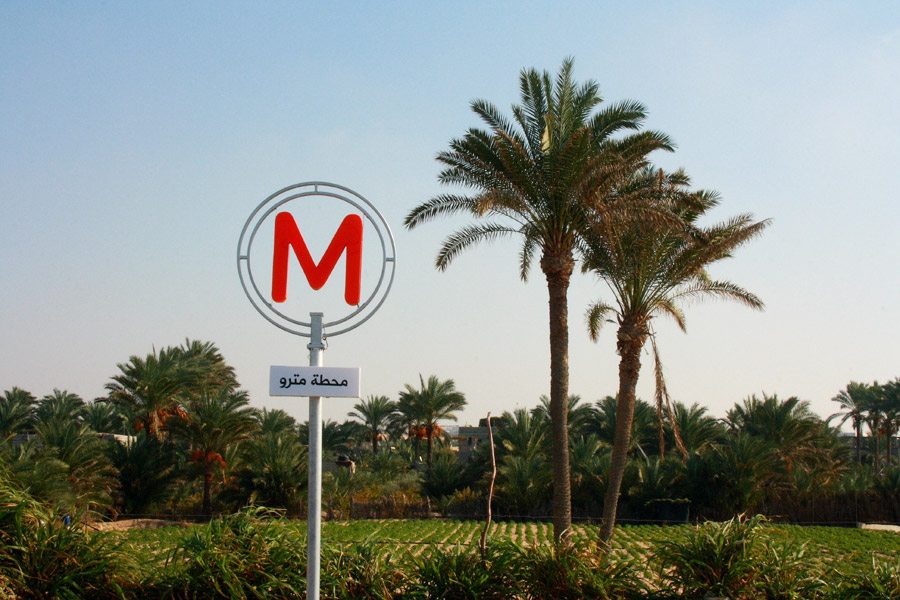
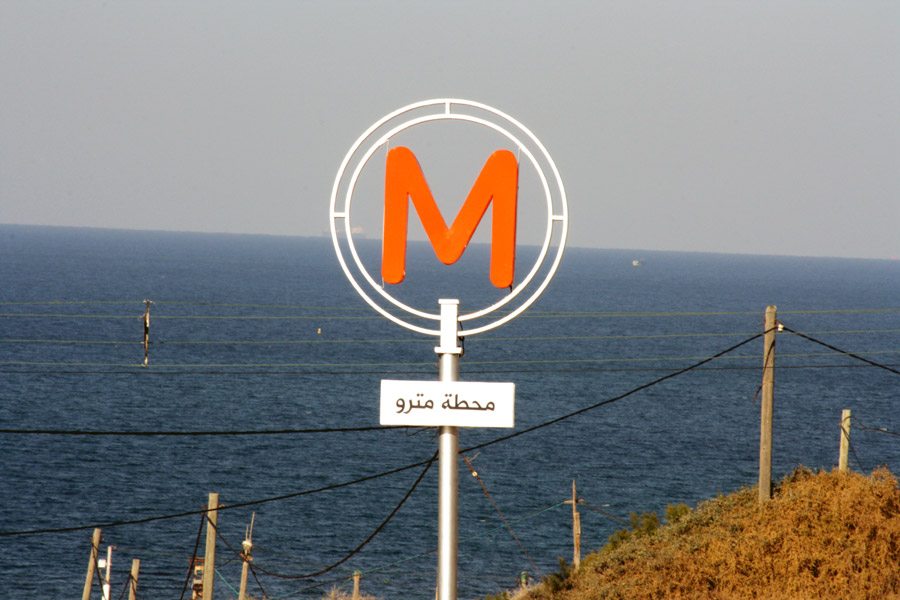
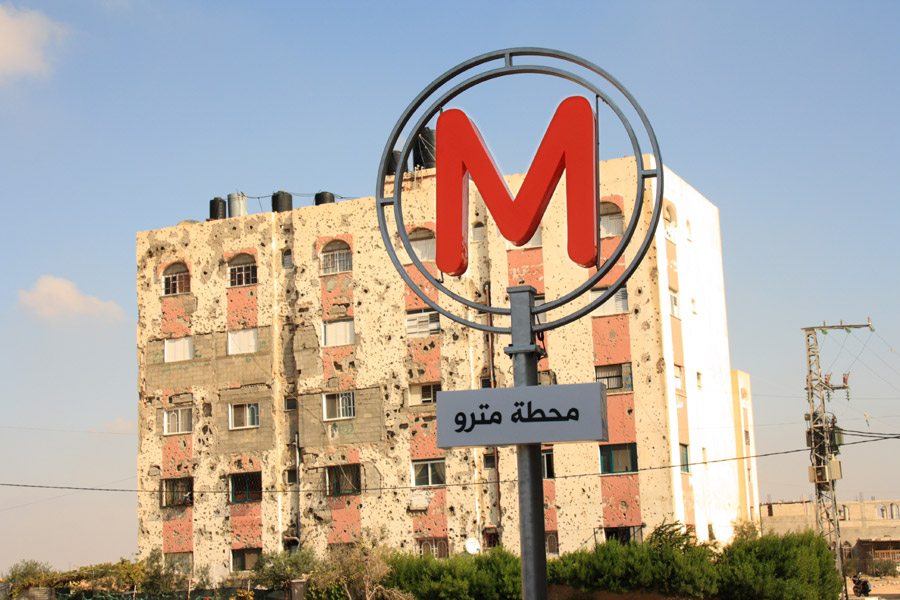
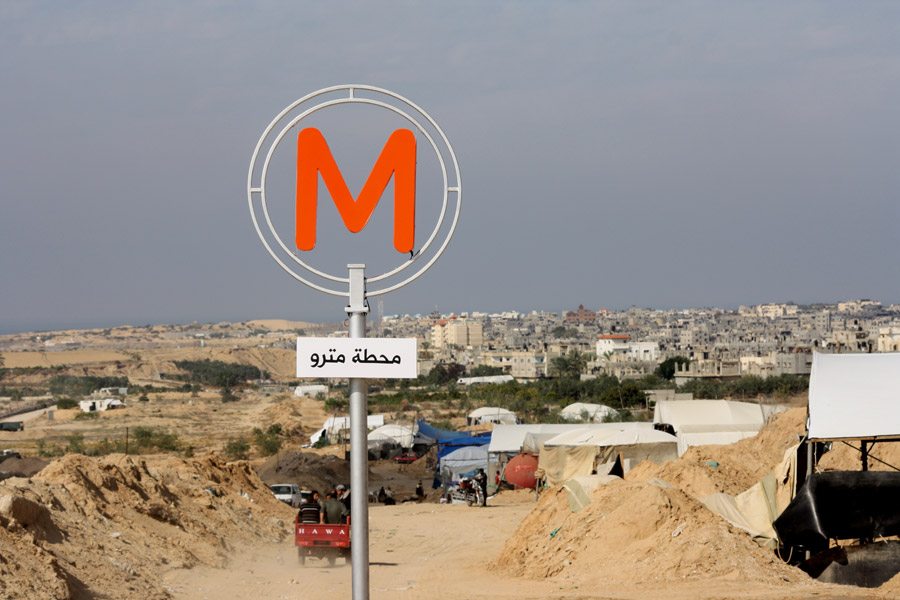
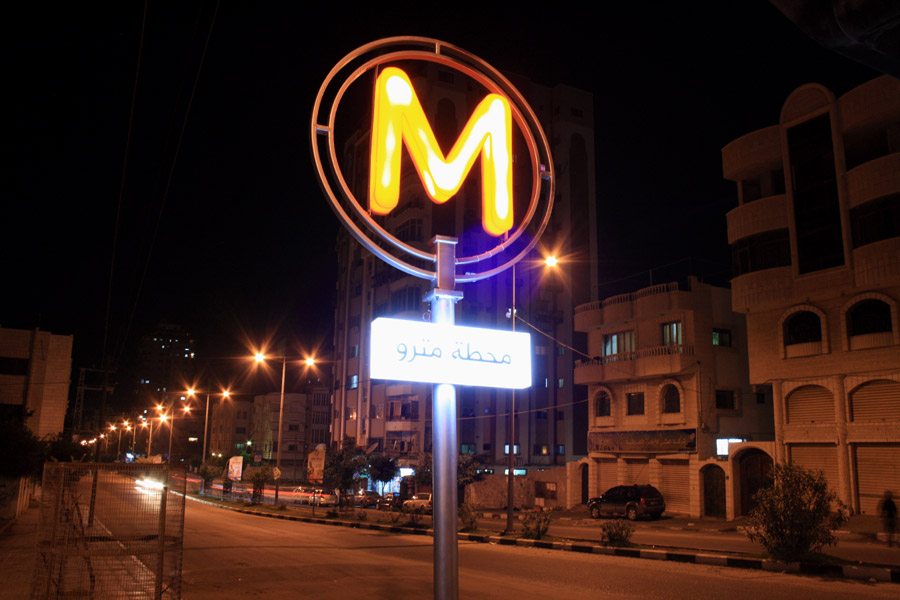
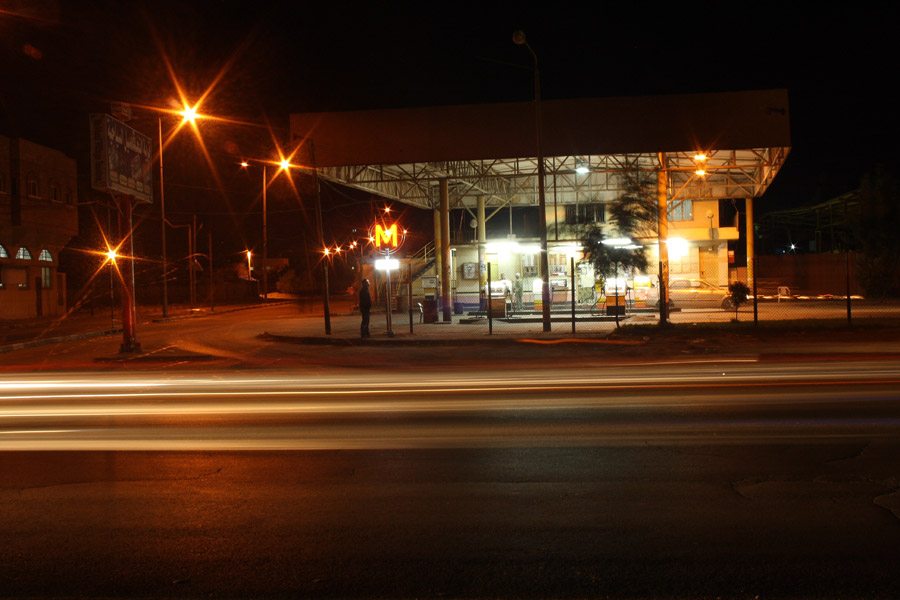
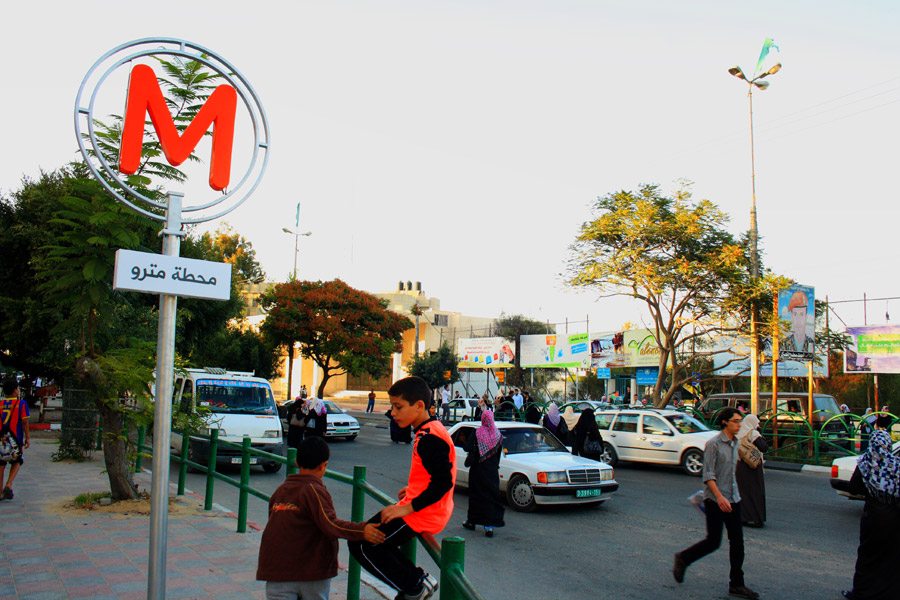
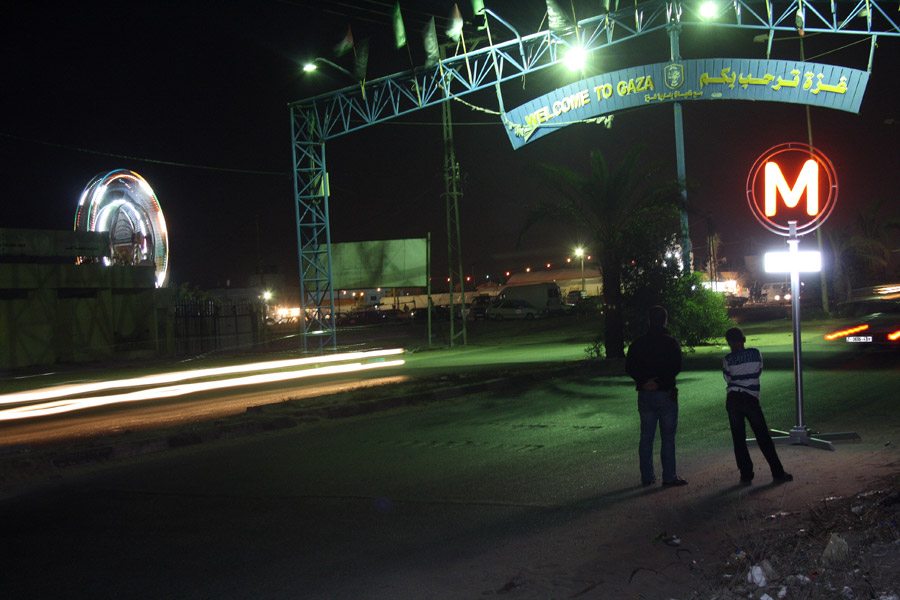
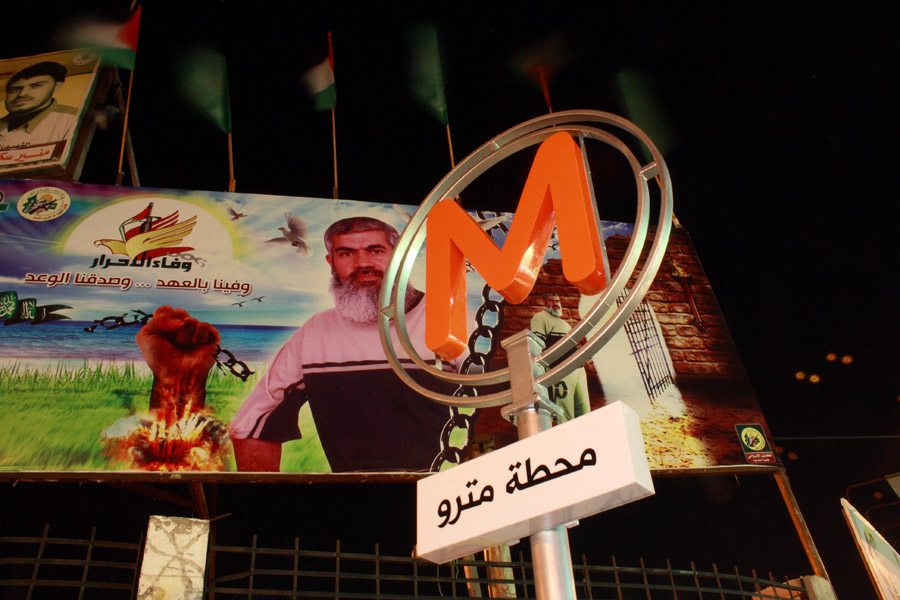
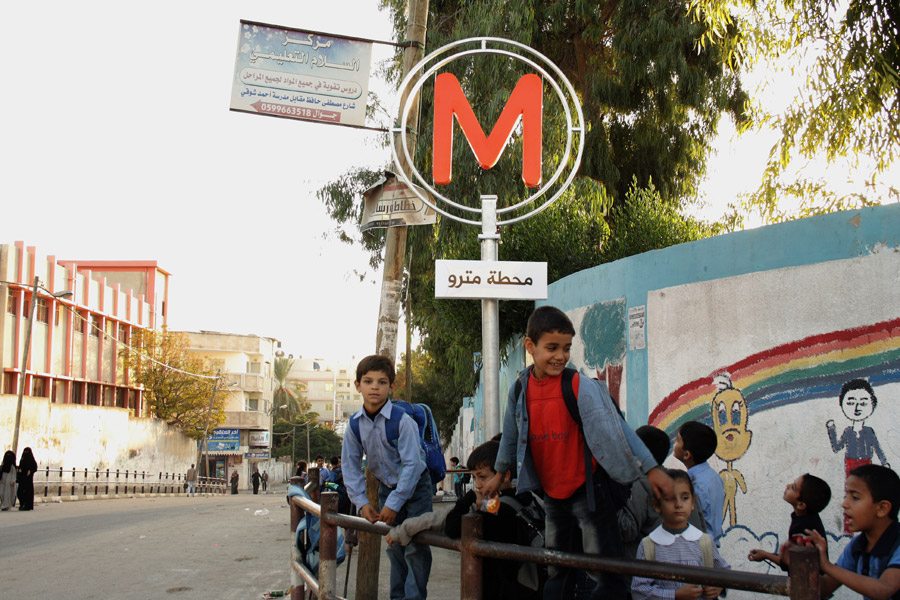
5 thoughts on “A metro for Gaza”